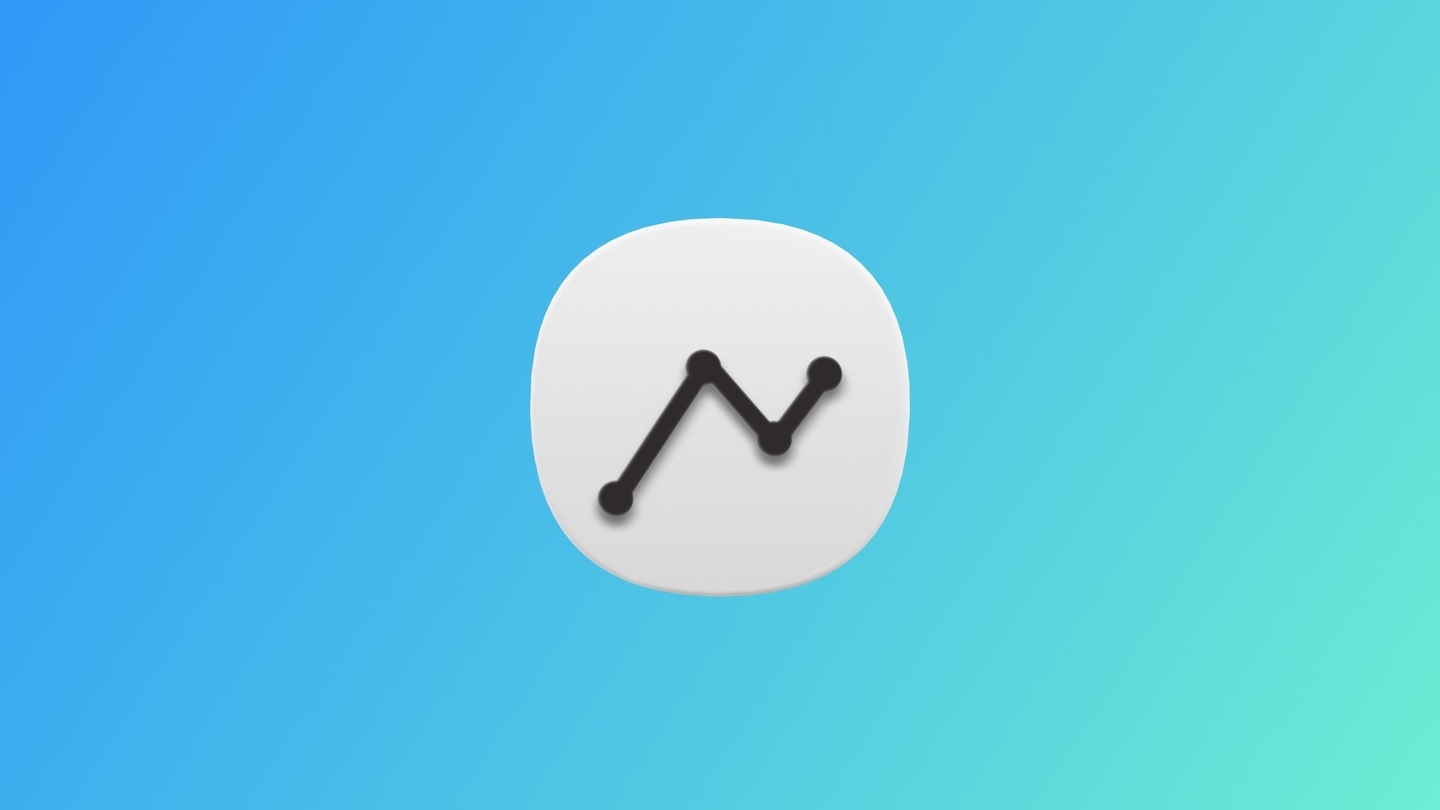An Effective Fibonacci Trading Strategy: How To Use Fibonacci Retracement Levels
Fibonacci retracement is a popular technical indicator used to define support and resistance levels. Although it seems complicated with its percentages and many levels, it’s one of the most effective tools. The only thing you need to learn is how to place this tool on the price chart. The Fibonacci retracement will do the rest.
What Fibonacci Retracements Are
Fibonacci retracement is a technical indicator that consists of a base line drawn through the maximum and minimum of the trend and horizontal lines that reflect support and resistance boundaries.
Each level has a percentage reflecting how much the price has retraced from the prior move. Usually, the indicator has seven levels. The main points are 23.6%, 38.2%, 61.8%, and 78.6% (sometimes traders use 76.4%, as it’s close, and the difference doesn’t matter much), while 0%, 50%, and 100% are additional levels.
To draw Fibonacci retracements, you need to find the start and end of the previous trend and draw a base line between them. The indicator will create the retracement levels between these points itself.
Some traders believe in the effectiveness of the Fibo tool because its numbers originate from nature. Fibonacci retracement levels were founded in Ancient India between 450 and 200 BCE. Acarya Virahanka, an Indian mathematician, developed Fibonacci numbers and their sequencing method. After him, other famous Indian mathematicians referred to this method. The numbers became known in Western Europe thanks to Italian mathematician Leonardo Pisano Bigollo, known as Leonardo Fibonacci.
Calculation of Fibonacci Retracements
Besides being one of the most effective technical analysis tools, Fibonacci retracement is also one of the simplest indicators, as it doesn’t have a formula.
Levels appear on the chart after you draw a line between the highest and lowest points of the previous trend. The levels will reflect percentages of it.
Imagine the price rose from $10 to $20. You draw a base line from $10 to $20. When the price will be $17.64, the 23.6% level will appear ($20 - ($10 x 0.236)). The 50% level will be at $15.
You can use a retracement calculator that will help you compute Fibo levels for any security.
Golden Ratio
Unlike with other indicators, when talking about the calculation of Fibonacci numbers, we will count a number string from which the levels will be derived.
We should mention the Golden Ratio, also called the divine proportion. It’s a unique ratio used to describe the proportions of everything in the world, including atoms and huge celestial bodies. The Ratio can be found even in geometry and human DNA.
The number string starts with 0 and 1. You need to add the prior two numbers to get the following number:
0, 1, 1, 2, 3, 5, 8, 13, 21, 34, 55, 89, 144, 233, 377, 610, 987, and so on. The string can continue indefinitely.
The Fibonacci retracement levels are derived from this string. Let us remind you that the most popular levels are 23.6%, 38.2%, 50.0%, 61.8%, and 78.6% .
Once the sequence is running, dividing one number by the next number gives 0.618, or 61.8%. The 1.618 ratio is found in galaxy formations, sunflowers, shells, architecture, and historical artifacts. After you divide a number by the second number to the right, the 0.382 or 38.2% level will appear. If you divide the number by the third number to the right, you will receive 0.2360 or 23.6%. All the ratios can be calculated using this number string, except for 50%, which is derived from the Fibo sequence. The 50% level was added once traders noticed that the price often pulls back at about half of its prior advance.
How To Implement Fib Levels on a Chart
The Fibonacci retracement tool can be found on any trading platform, as it’s one of the most popular indicators.

If you place the Fibonacci retracement after an uptrend, draw a line from the trend’s lowest to the highest point. Thus, the 100 level will be on the bottom, and the 0 level will be on the top. For a downtrend, start drawing the line from top to bottom so that the 100 level will be higher than the 0 level.
After drawing the base line between two points, you will get the potential points where a shallow pullback will stop, and the price will reverse.
What Fibonacci Retracement Levels Can Tell a Trader
As Fibonacci retracement levels serve as support and resistance boundaries, you can use them to enter and exit the market (stop-loss and take-profit).
Fib levels are widely used in other indicators, including Gartley patterns and the Elliott Wave theory. These tools are based on the idea that price reversals usually appear close to certain Fibo levels.
Also, Fibonacci retracement levels, when combined with other tools, are used to identify market trends.
How to Read Fibonacci Retracement Levels
As we mentioned above, Fibonacci retracement levels display the points to which the price is expected to pull back and reverse in the trending direction. However, it isn’t an exact reversal point. The price may break it and continue moving to the next one. The movement will depend on the price volatility and the strength of market participants.
There are common rules that will help you to define the price levels where the asset is expected to turn around.
In a very strong trend, 23.6, 38.2, and sometimes 50 levels will be the major targets for pullbacks. If the trend is “normal,” or it’s the middle of the trend, the price will move to the 50 or 61.8 levels. At the beginning or the end of the trend, as well as in the periods of a weak trend, the price is supposed to move to the 61.8 and 78.6 levels. If the price moves beyond the 100 level, it’s a sign of the market turning point.
Please remember that these are general rules. Each market and timeframe will require your experience, time, and patience to analyze historical price movements and determine the most common levels for the particular asset. Although you will see only major Fibo levels when implementing, you can always add your own points in settings. To compute them, you can use a retracement calculator.
Approaches to Fibo Levels
To use the Fibonacci retracement levels, you can apply two approaches. You can either draw them through the entire previous trend or each major impulse wave within a new trend.

On the chart above, you can see the price trading within a strong uptrend. As soon as it started correcting, we drew a line from the bottom to the top of the previous trend. AUD/USD rebounded from the 38.2 level and moved up. However, bulls weren’t strong enough to push the price further. The pair tested 38.2 again and fell to the next support level of 61.8. As you can see, the price fell slightly beyond it but rebounded, and the uptrend resumed.

On the chart above, you can see a situation when the Fibo tool was applied to one of the price waves within a correction. This approach is less accurate. As the price corrects within a shorter period, it’s difficult to define strong support and resistance levels. Moreover, assets with significant price volume may overcome all expected levels.
The Fibonacci retracement indicator can be used both for uptrends and downtrends.
Fibonacci Trading: Basic Fibonacci Retracement Strategy
The indicator is mostly used within strong trends. A strong trend implies corrections where Fibo levels will serve as trade triggers.
If you trade in an uptrend, wait for the price to correct. Key support levels will be 38.2, 50, and 61.8. You can open a buy position at this level, expecting the solid uptrend to continue. Place a stop-loss order slightly below the level where you expect the price to rebound. Set the take-profit target at the level above the one where the price is expected to rebound, at the 0 level, or define an additional resistance based on the previous resistance points.
Vice versa, you can use this approach for trading in a downtrend. The price will target the same levels. But you will open a short trade with the take-profit order placed below the level where the price is expected to rebound and a stop-loss boundary slightly above this level.
As you may have noticed, the price often goes beyond Fibo levels. Therefore, it’s vital to combine this tool with other indicators or chart patterns. You need those tools that determine an exact market turning point. Look for candlesticks like the engulfing pattern, hammer, and evening star. As for indicators, look for oscillators, including MACD, RSI, or Awesome Oscillators.
Why Should You Use Fibonacci Retracements?
The Fibonacci retracement indicator is important because it allows traders to determine levels where the price is supposed to pull back and rebound. Support and resistance levels are key elements of any trading position. If you know the closest support and resistance points, you can open a trade without a doubt. Fibo retracements help traders when finding entry points and exit levels.
The indicator can be implemented in any timeframe, including 1-minute and 1-year. Also, there are no limits on the assets you can use this tool for.
As the Fibonacci retracement is static, it’s easy to determine key trading points. Therefore, traders can think of trades in advance and react fast as soon as the price approaches the levels.
Drawbacks of Fibonacci Retracements in Trading
Although we mentioned the static nature of the Fibonacci retracement as an advantage, this feature has a negative side. The indicator doesn’t react to recent price changes. Therefore, its levels are not accurate. Traders should combine this tool with other indicators or patterns.
The indicator is not applicable to low-volume markets, as they are highly affected by the decisions of individuals. Therefore, Fibo levels are unlikely to be accurate.
Although common rules determine the most likely levels where the price will rebound, there are too many options. So, a trader may be confused about where to open a trade and place take-profit and stop-loss orders.
Takeaway
The Fibonacci retracement levels are useful tools that help traders determine support and resistance levels. These levels are used to set entry and exit points. However, the indicator has numerous pitfalls that should be considered before you apply it to the chart. If you learn how to get confirmations from other technical tools, you have a chance to succeed.


